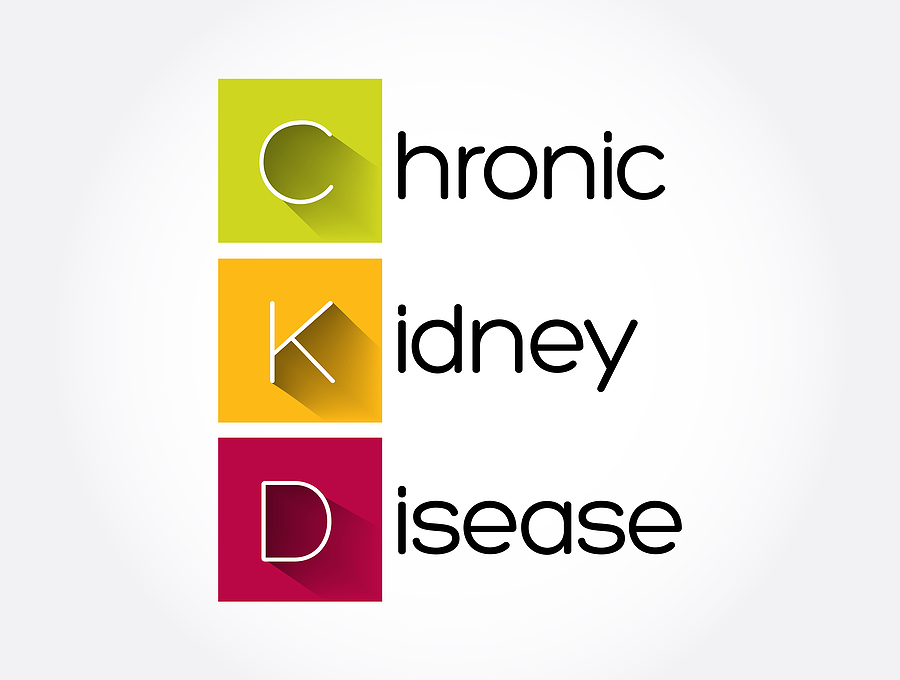The Federal Aviation Administration (FAA) holds a high standard for medical fitness in pilots, aiming to reduce the risk of sudden or subtle incapacitation during flight. Among the various cardiovascular conditions that raise concern, the implantation of a permanent heart pacemaker is a disqualifying condition that requires special consideration, documentation, and often an extensive review before any hope of medical recertification.
At Wingman Med, we’ve previously outlined what constitutes a disqualifying condition for the FAA, and cardiac disorders consistently rank among the most scrutinized. Today, we’re focusing specifically on the permanent pacemaker — what it is, why it’s used, how it relates to FAA policy, and what options remain for pilots seeking to return to the skies.
What Is a Pacemaker and Why Might You Need One?
A pacemaker is a small medical device implanted under the skin near the chest, designed to help control abnormal heart rhythms (arrhythmias). It sends electrical impulses to prompt the heart to beat at a normal rate and rhythm when it is too slow, irregular, or intermittently failing to conduct signals properly.
Most often, pacemakers are indicated in patients with:
- Bradycardia (slow heart rate)
- Heart block (delayed or blocked electrical signals)
- Sick sinus syndrome (malfunction of the heart’s natural pacemaker)
- In some cases, fainting (syncope) due to unexplained pauses in heartbeat
These conditions can lead to symptoms like dizziness, fatigue, syncope (fainting), lightheadedness, or palpitations — all of which are red flags when it comes to piloting an aircraft.
FAA Concerns: Sudden or Insidious Incapacitation
From the FAA’s standpoint, any condition — or the treatment for it — that could cause sudden or subtle incapacitation is highly concerning. That’s why a permanent pacemaker is a disqualifying condition by default under all classes of FAA medical certification.
Even if a pacemaker is performing flawlessly, the underlying heart condition that necessitated the device is still viewed as a risk. Why? Because these conditions can recur, progress, or cause symptoms that may not be immediately obvious to the pilot. For instance:
- A pilot might have momentary dizziness that’s brushed off — but that moment could be critical at 30,000 feet.
- If the heart pauses or slows and the pacemaker has to activate, even a short delay or failure could lead to loss of consciousness.
Additionally, the symptoms that would typically trigger pacemaker activation — such as fatigue, confusion, or a sudden drop in blood pressure — are symptoms the FAA wants to avoid entirely in flight. These present a clear potential for insidious incapacitation: a gradual, hard-to-detect loss of cognitive function or performance, possibly unnoticed until it’s too late.
Heart Conditions That Often Lead to Pacemaker Use
Pacemaker implantation doesn’t occur in isolation. It’s often the result of other underlying cardiac problems, many of which are also disqualifying conditions. For a broader understanding of how the FAA views cardiovascular disease, you can reference several of Wingman Med’s related blog posts:
- FAA Disqualifying Condition: Heart Disease
- FAA Disqualifying Condition: Angina Pectoris
- FAA Disqualifying Condition: Heart Valve Replacement
Each of these articles dives into the specific medical standards and possible pathways to recertification, if available. Heart rhythm issues requiring a pacemaker may arise as standalone issues or in conjunction with these more complex cardiac conditions.
Can You Fly Again After Getting a Pacemaker?
Yes — but only under certain conditions, and it’s far from guaranteed.
To even be considered for a special issuance medical certificate after pacemaker implantation, the following are typically required:
- A stable underlying cardiac diagnosis
- No episodes of syncope or incapacitating symptoms after the pacemaker was implanted
- Device function must be proven stable over time (usually a 3- to 6-month observation period)
- A full suite of medical evaluations including Holter monitoring, device interrogation, stress testing, and cardiology clearance
- There cannot be any defibrillator function
However, here’s an important nuance: If the condition that originally required the pacemaker has improved or resolved to the point where the device is no longer needed and can be turned off, you may have a pathway to medical certification.
This is rare but not impossible. For example:
- If a conduction problem was related to a temporary infection or medication effect and has since resolved
- If surgical correction of a structural heart issue eliminates the need for electrical pacing
In these scenarios, if a cardiologist can confirm that the pacemaker is no longer required, the FAA may consider it no longer an active disqualifying condition — though historical concern still means full documentation and review will be necessary.
Know the Terrain, Navigate With Experts
Pacemakers save lives and improve quality of life — but for pilots, they introduce a complicated layer to FAA medical certification. The key concern is always the risk of incapacitation, especially when symptoms could come on without warning or subtly degrade performance in the cockpit.
That doesn’t mean your flying days are over. With the right documentation, monitoring, and support, pilots with pacemakers may still be eligible for special issuance medicals — and in rare cases, return to unrestricted certification if the device is no longer needed.
We strongly recommend working with aviation medical professionals who know this terrain. At Wingman Med, our team can guide you through the paperwork, required tests, and FAA logic that determine what’s possible in your unique case.
For more information on disqualifying conditions and navigating the FAA medical system, visit our foundational post: An Introduction to Disqualifying Conditions





